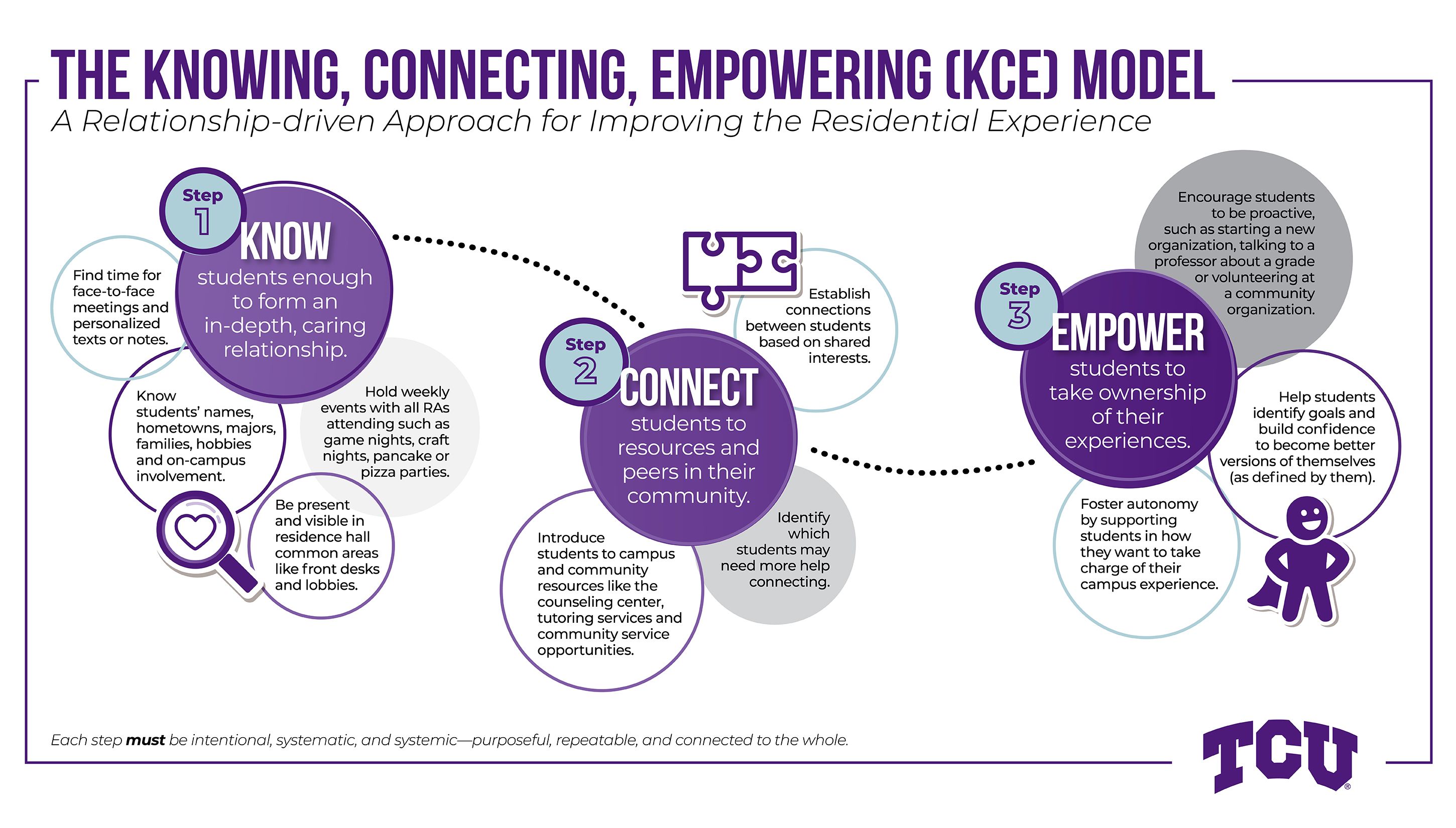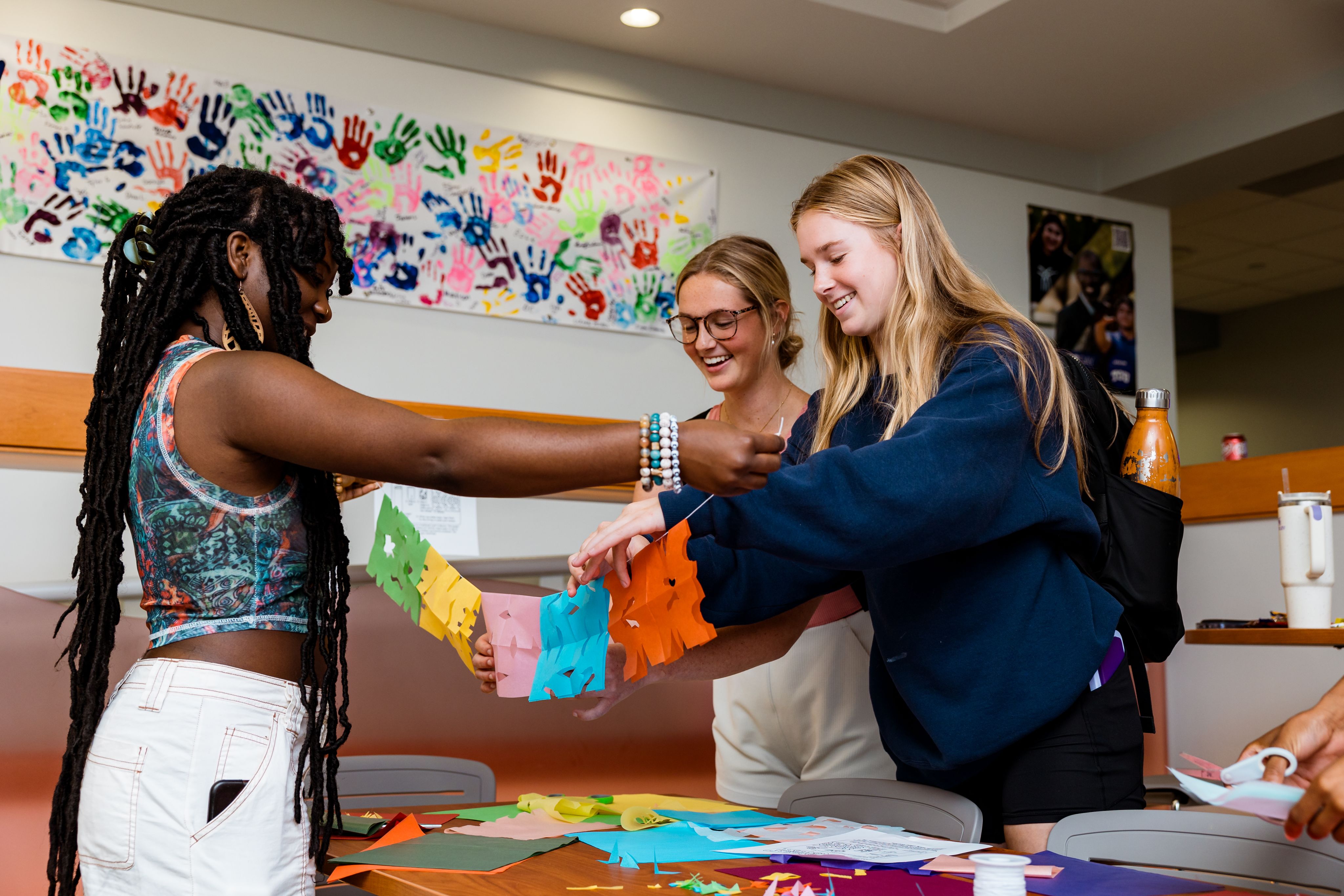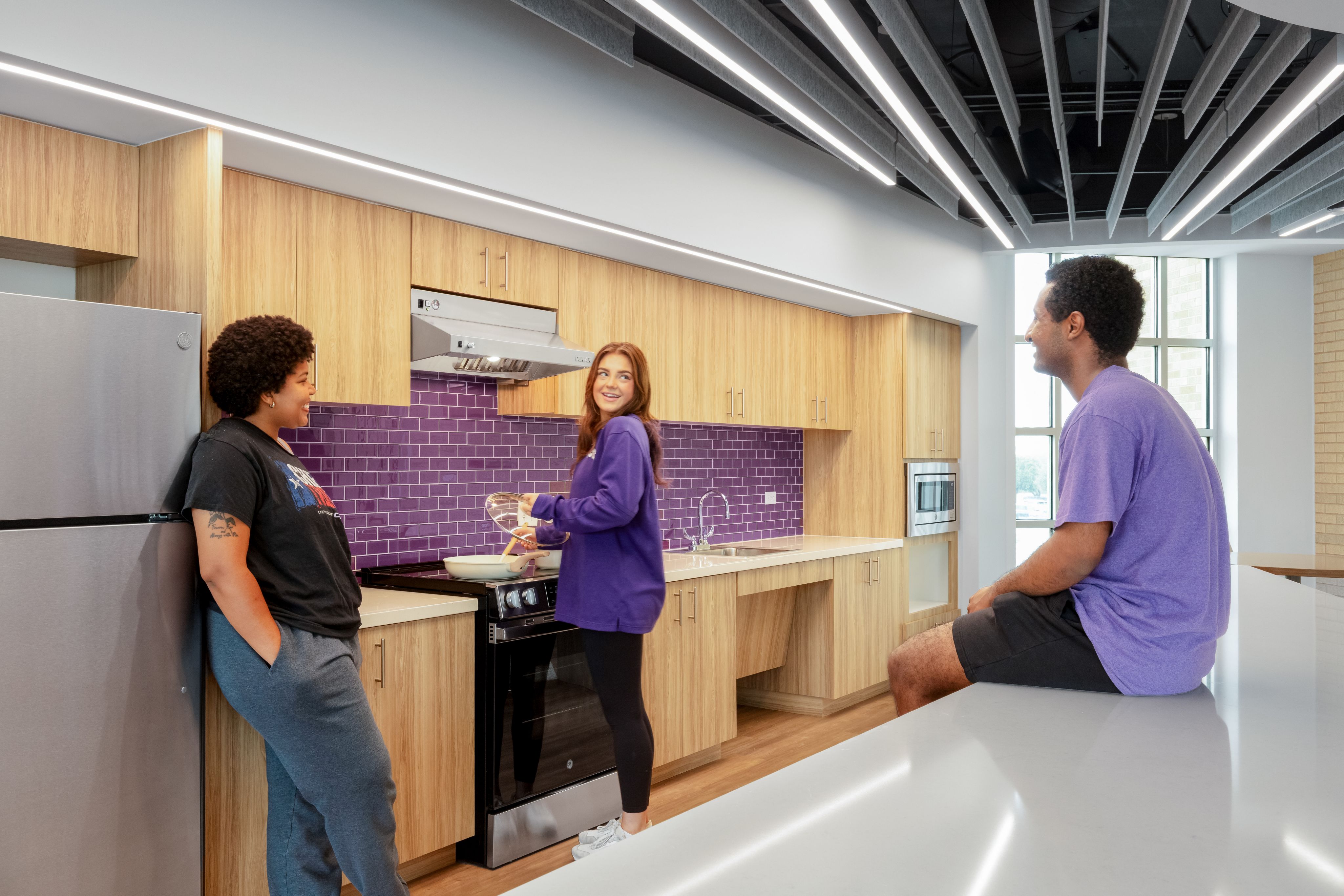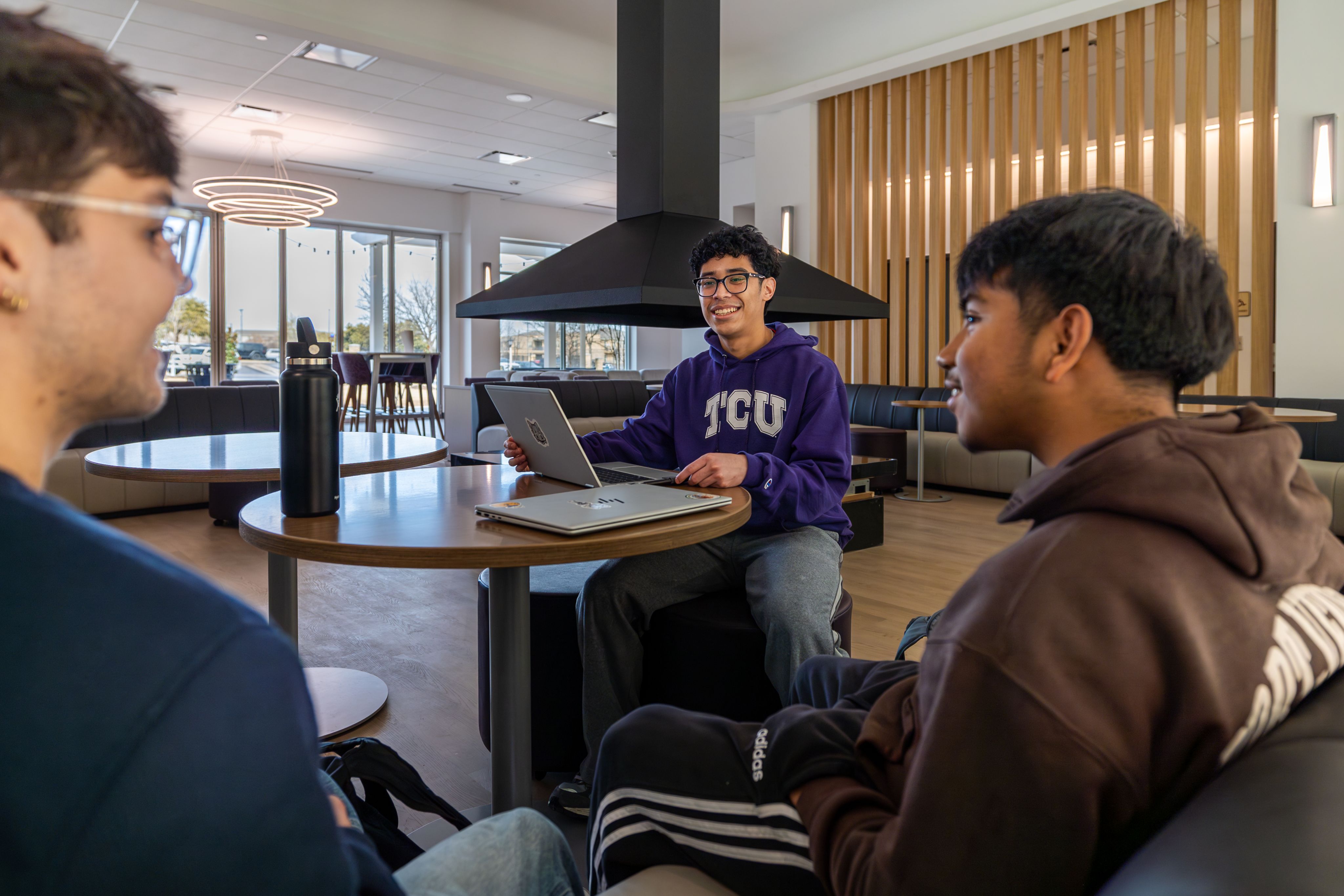Meet the Future of Residence Life: How TCU’s New Model Creates Belonging
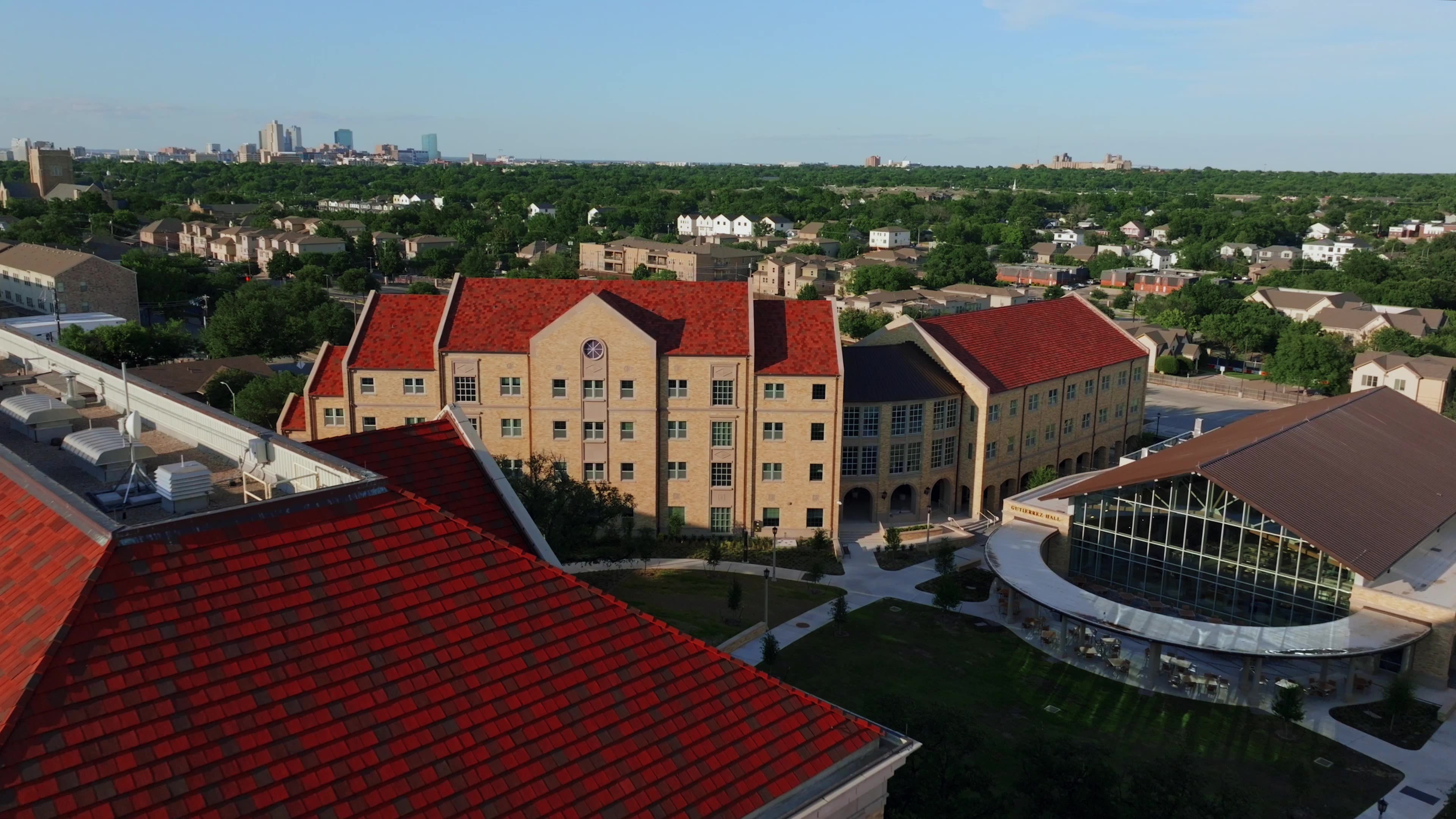
For some students, living on a college campus is a cherished rite of passage. For others, it’s simply a requirement before moving off-campus. Whether a student is eager or indifferent about dorm living, a well-designed, well-run campus living program can profoundly shape the student experience. At Texas Christian University (TCU), a transformational model for managing campus living is yielding remarkable results.
That kind of impact matters now more than ever. Loneliness and disconnection continue to plague college students. Currently, one in three students has considered leaving their academic program, according to a 2025 State of Higher Education Study conducted by the Lumina Foundation and Gallup. Emotional stress, personal mental-health struggles, and a lack of belonging are among the leading reasons why.
However, amid the bad news, research also points to an antidote: strong peer relationships. When students feel close to friends, they’re more likely to thrive emotionally and academically.
Over the course of his more than 30-year career in residence life, Craig Allen, executive director of TCU's Housing and Residence Life and Fraternity and Sorority Life, understands that truth. He’s long believed that his team could help tackle some of higher education’s biggest challenges by doing what they do best — creating a true home on campus where students feel supported, seen, and connected.
Guided by that knowledge and driven by students’ growing needs, Allen and his TCU colleagues have pioneered a new approach to residence-life leadership that’s earning high marks from TCU students and attracting attention from campus leaders across the country and internationally.
The innovative model, called Knowing, Connecting, Empowering (KCE), is built on three pillars:
1. Knowing residents.
2. Connecting them with others.
3. Empowering them to thrive.

Be Intentional in Knowing
The first step in the KCE model is “knowing.” “It starts with knowing names, and it starts with welcoming people to their community,” Allen says.
Throughout KCE's “knowing” phase, the goal is creating a genuine sense that each student is seen and cared for, he says. Within the first two weeks, resident advisors (RAs), who supervise anywhere between 30 and 50 students each, are expected to know every student's name and be able to greet them personally.
Then, RAs go deeper, working their way around their floor to get to know what their residents are studying and how they hope to get involved on campus, picking up personal details about their families, hobbies, and interests. “We intentionally ask those questions, and RAs make it their mission to get involved with their students who live around them,” says Rachel Hopper, TCU’s director of housing and residence life, who is part of the group responsible for creating the KCE model.
Hall directors, all professionals with master’s degrees, play a crucial role. They coach RAs who need help developing personalized strategies for getting to know students — whether it’s meeting with them face-to-face or writing texts and notes. “It’s just a matter of making sure that whatever they’re doing, it’s intentional, it’s repeatable, and it’s happening regularly throughout the semester,” Allen says.
In his dissertation research, Allen found that consistency is key to building community and getting to know residents.
That includes consistency in programming. As part of the KCE model, RAs and hall directors are required to attend community events, which happen at the same time each week in central locations in the residence halls. Pancake parties, often featuring guest pancake-flippers from across campus — including Allen, student-affairs team members, and a dean — are particularly popular.
Even students who didn’t plan to attend the events find themselves bumping into friends and staying to catch up. Those consistent meet-ups can create more friendships for students and nurture deeper relationships with current ones, Allen found.
Allen also discovered that the consistent visibility of RAs is critical. While conducting his research, students told Allen that they don’t need their RA to be their friend, but they do consider their RA’s regular presence as evidence that they cared.
That’s why student staff are required to work their hall’s front desk each week, so they can chat with students as they come in and out, take part in community events, and connect with students in the hall.
“It was just those simple, repeatable things that happened throughout the year, not just at the beginning of the year, that signal to students, that person cares about me,” Allen says. “They know me.”
Be Consistent in Connecting
Step two is “connecting.” “Some of that connecting starts to happen on its own,” Allen says. “But we also try to make sure that we’re helping that along in an intentional way.”
This phase focuses on fostering connection between students and staff, but particularly among students themselves. As the semester progresses, RAs and hall directors work purposefully to forge student connections based on shared interests, such as a common major or love of a reality television show.
Strategy matters, Allen says. In his dissertation research, Allen found that students consistently emphasized the importance of making friends and connecting with peers. Students he interviewed told him that forming good relationships with others in their suites or halls contributed to their sense of belonging and made the residence hall feel like home. Traditional residence-life programs often don’t actively foster friendship-building. But, Allen argues, given the importance of our fundamental need for connection, an intentional model can yield results.
“As a housing department, we have to know how we add value in higher ed. And I believe [we add value by] creating communities of belonging and teaching people how to do it. That's something that I would imagine most universities should want from their housing program.”
Through the KCE model, RAs work closely with hall directors to identify which students may need more help connecting with others and find ways to help them build their own network. Sometimes that means hosting a casual coffee gathering for residents in two neighboring rooms. Other efforts have scaled up to reach the entire residential community.
About a decade ago, TCU’s intramural sports program had few dorm residents participating. So, collaborating with residence life, the intramural program launched an entire league devoted to residence-halls teams that compete against each other. It took a few years to take off, but as the KCE model matured, the residence-life intramural teams grew. “Our intramural program in our residence halls has become really, really strong,” Allen says.
The strength of these connections — between residence-hall staff and students — also opens the door to deeper support, Hopper says. As RAs build trust, students feel more comfortable approaching them with personal struggles, she says. The “connecting” pillar of KCE extends beyond peer relationships to campus resources, such as the counseling center, tutoring services, or opportunities in the broader Fort Worth, Texas, community.
“They trust our student staff to be able to ask the question, ‘Where do I go for this?’” Hopper says.
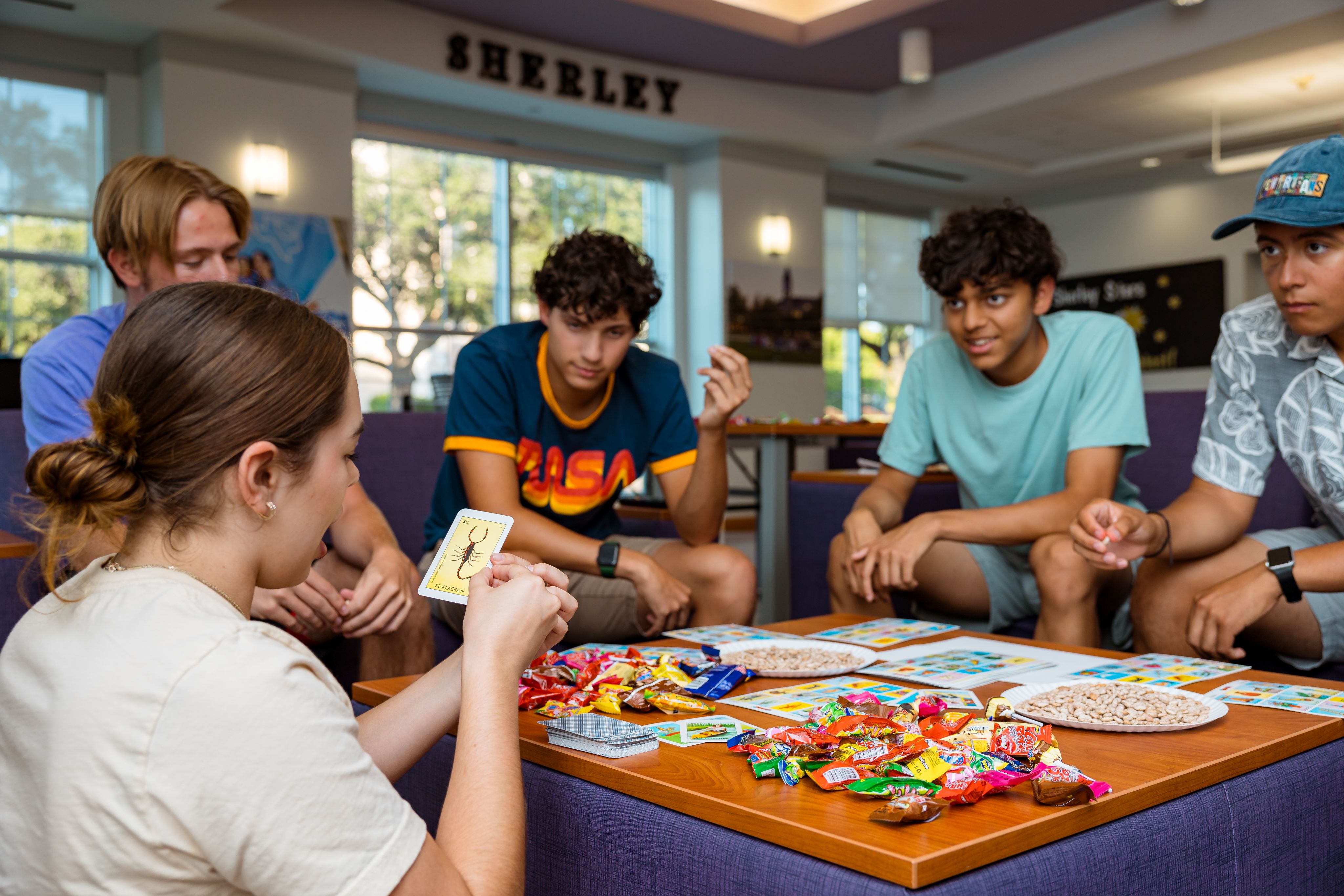
Be Invested in Empowering
“Empowering” is the final step. “The knowing and connecting seem very easy,” Hopper says. “We can know students. We can get them connected with so many other people. The empowering part is big. It's what level do you want to accelerate toward? And how do we help you build the confidence to do that?”
As the academic year progresses, the KCE model shifts to the “empowering” phase, actively supporting students as they decide how they want to take charge of their campus experience and shape their academic journey. Research has shown that autonomy fosters motivation and academic success. “It's helping the students realize how they can be a part of their community and that they can take the lead for things,” Allen says.
Empowerment plays out in many forms, Hopper says. It means empowering a student to speak with a professor about a grade, offering support by helping draft an email, or rehearsing a conversation. It involves guiding a student who wants to volunteer with a community organization and helping them follow through. Or, it’s helping students launch an idea of their own.
A notable example came last year when a group of students in a residence hall, inspired by the success of TCU’s women’s basketball team, organized their own fan club and arranged a bus to travel to games in Alabama this spring.
At the time, the No. 2-seed Horned Frogs were on the greatest run in the team’s history, reaching the NCAA tournament’s Sweet Sixteen for the first time. The students organized the trip and cheered their peers on at both games.
“We had some funds that we could help to support them doing it, but it was completely student driven,” Hopper says. “I mean, that's empowering.”
Moments like that are part of a larger culture at TCU, where more than 350 student organizations, many started by the students themselves, help build meaningful connections.
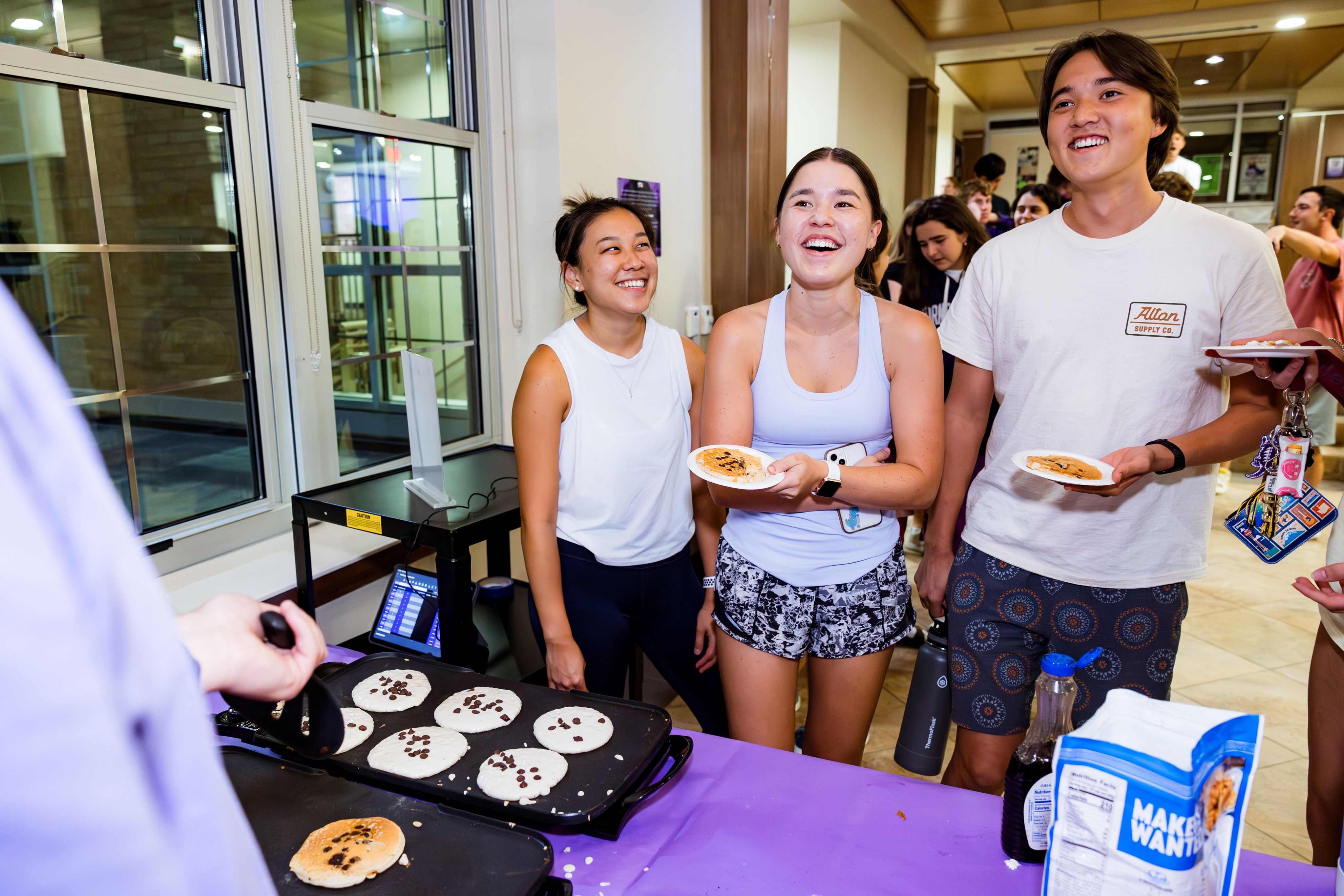

Campus Living Model Delivers Results, National Praise
Fifteen years after Allen and his team introduced the KCE model, the results speak for themselves. This year, the Princeton Review ranked TCU No. 1 for happiest students, No. 2 for best quality of life, and No. 6 for best college dorms. Niche awarded it grades of A+ for both its residence halls and student life. And national benchmarking data from Skyfactor ranks TCU No. 1 among more than 100 institutions for peer interactions and program effectiveness, which is especially impressive because students are required to live on campus for their first two years.
National rankings are just one measure of KCE’s success, Allen says. Research has shown that student experience with on-campus residence can impact student success; the university’s first-year retention rates continue to rise, now standing at 93 percent. There has also been a drop in residence-hall vandalism from a weekly issue to a rare occurrence. And, at a time when many institutions are increasing compensation and lowering grade requirements to get more applicants for resident advisors, TCU is seeing significant increases in RA applications. Applicants often share that they had such a great on-campus living experience that they wanted to pay it forward. Housing can’t take credit for all those wins, Allen notes, but he believes that adhering to the KCE model has helped define TCU’s industry-leading student experience.
The model is also gaining traction nationally. In 2024, the University of South Carolina successfully implemented the model, and a May 2025 symposium at TCU drew representatives from more than 30 campuses, who were eager to learn more.
“I do believe that there's a hunger for this and a need,” Allen says. “And as I tell my colleagues […] we are where [students] live. We see them and interact with them 24 hours a day, seven days a week. Who is better positioned at a university to know students, to connect them to each other, and to help empower them than us? [...] If we are not building relationships as the foundation for our residential experience in an intentional, and systematic way, we are missing the boat.”
“My hope is that when you’re leaving our residential campus and moving into an apartment complex or a neighborhood, that we’ve equipped you to be a great neighbor,” Hopper says. “That you are able to engage in conversations and really help to change our world, neighborhood by neighborhood. That’s ambitious. But it’s something that we believe we can do.”
The Future of Residence Life
These days, the KCE model is informing not just how TCU runs its halls, but how it builds new ones. As part of a new Campus Master Plan that includes residence halls, the designs reflect insights from the KCE model and Allen’s research. Plans, for example, limit single-bedrooms, because, based on Allen’s data, students do better academically and feel more connected when they have a roommate.
As TCU’s housing needs grow, Allen is confident the KCE model will scale alongside it. Since launching the strategy, TCU has added at least 1,000 beds to its on-campus housing stock. “Once you figure out how to create ‘knowing’ in that group, you just keep replicating it,” he says.
Now, Allen and Hopper are excited about what comes next. They’re fielding requests from colleges as far away as Canada that want to learn more and earning praise from residence-life leaders who are beginning to dive into it.
“The KCE model is the future of residence life,” writes Mika Karikari, director of residence life at Xavier University, to Hopper after the symposium, commending the work TCU’s housing team have put into developing the model.
For Kathy Cavins-Tull, Ph.D., TCU’s vice chancellor for student affairs, the model isn’t just about helping students navigate college life. It’s also about preparing them to become thoughtful, engaged, and community-minded citizens long after they’ve moved out of their college residence halls.
“TCU’s industry-leading student experience is an investment in our mission and the value we place on an engaging environment for living and learning,” said Cavins-Tull. “Our team is consistently building innovative programs in student engagement, residence life, wellbeing, safety and more, to ensure our model encourages students to thrive.”
Craig Allen (right) and Rachel Hopper (left) lead TCU’s Housing & Residence Life team and developed and implemented the Knowing, Connecting and Empowering (KCE) model.
Craig Allen (right) and Rachel Hopper (left) lead TCU’s Housing & Residence Life team and developed and implemented the Knowing, Connecting and Empowering (KCE) model.
TCU Housing and Residence Life will host the second annual KCE Symposium in early June 2026.
The symposium is a three-day intensive workshop designed for college and university housing professionals to understand the history, theory and framework of the model and explore how to implement the model on their home campuses.
For more information, visit the KCE Symposium page or email Craig Allen at c.allen2@tcu.edu.
This content was paid for and created by Texas Christian University. The editorial staff of The Chronicle had no role in its preparation. Find out more about paid content.




